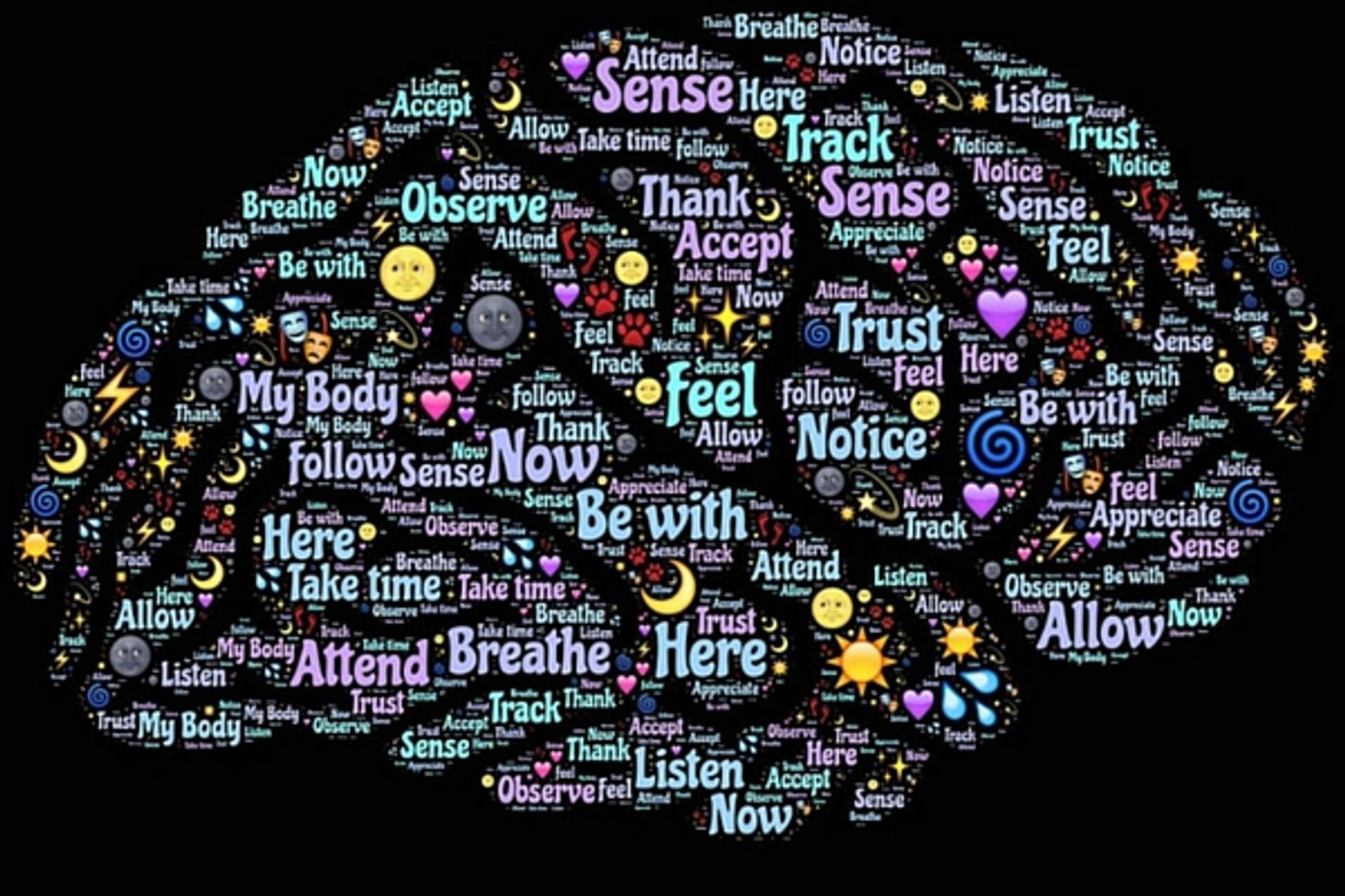The question of how the brain processes music has been researched for decades. While specific areas of the brain are known to process images, sounds and even emotions, a specific neural mechanism for music had not been identified until now. Researchers at the Massachusetts Institute of Technology (MIT) have found an area in the auditory cortex of the brain that responds to musical sounds, but not to other sounds like speech, the sound of traffic or other ambient noise.

The area in the brain that processes music has been identified
Image Credit: Wikipedia
about the study, Josh McDermott, the Frederick A. and Carole J. Middleton Assistant Professor of Neuroscience in the Department of Brain and Cognitive Sciences at MIT said, “It has been the subject of widespread speculation,” says. “One of the core debates surrounding music is to what extent it has dedicated mechanisms in the brain and to what extent it piggybacks off of mechanisms that primarily serve other functions.”
For this study, the researchers scanned the brains of 10 study participants as they listened to 165 different sounds including speech, music and common sounds from daily life like telephones ringing, doorbells and car engines. The scans were fMRI studies, which rely on the differences in blood flow to areas of the brain while a visual or cognitive task is being completed. By tracking blood flow in the brain, researchers can estimate which parts of the brain are processing certain stimuli.
Finding the neuronal networks in the brain that process sound is difficult, even with these sophisticated functional MRI studies. That’s because the smallest
unit of measurement on an fMRI is a voxel, and while these studies can pick up one single voxel, that one unity is the result of thousands of neurons acting together.
The MIT study is groundbreaking because their method was able to selectively find these responses in the brain. Sam Norman-Haignere, the study co-author,
told Wired.co.uk ,“The music result is notable because people had not been able to clearly see highly selective responses to music before. What we found is we could explain a lot of the response variation across tens of thousands of voxels with just six response patterns.” He explained that certain areas responded to specific sounds. One population responded most to music, another to speech, and the other four to different acoustic properties such as pitch and frequency. The populations overlapped with regions in the auditory cortex. Researchers on the project said this suggests a "heirarchy" of processing within the brain.
The study was conducted at the McGovern Institute for Brain Research at MIT.
In a press release from that Institute Professor McDermott said that the study results should not be interpreted to mean that only one specific area of the brain processes music. Since music often evokes an emotional response, there are likely other areas of the brain involved, in a sequence of responses. “It’s inappropriate at this point to conclude that this is the seat of music in the brain,” McDermott says. “This is where you see most of the responses within the auditory cortex, but there’s a lot of the brain that we didn’t even look at.”
Check out the video below to hear more from the scientists at MIT on how the study was conducted and what they think the results might mean.









